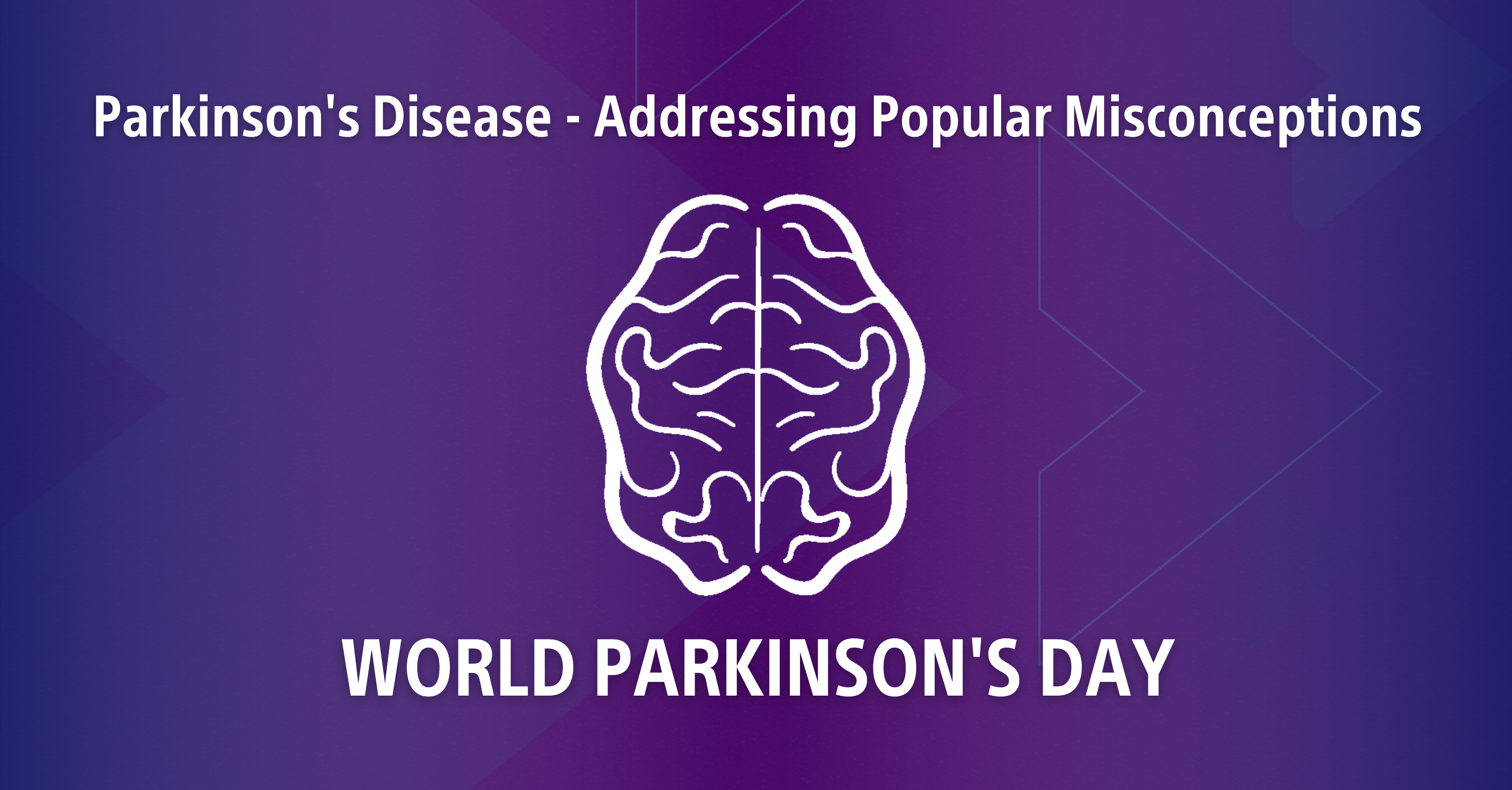
Every year, on 11 April, World Parkinson’s Day takes place to raise awareness about Parkinson’s Disease (PD) and to shed a light on the unique challenges – but also the inspiring stories that can be found in this community.
PD is a movement disorder that affects more than 1.2 million people in Europe and around 10 million people worldwide.[1],[2] The disease is characterised by a continuous decline of dopamine-producing cells in the motor region of the brain, and there are many different symptoms associated with it - the order in which these develop, and their severity is different for each individual. It is a progressive disease – meaning it advances over time – and there is currently no cure yet. Despite the many people affected around the world, there are still a number of misconceptions around PD here are some prominent ones:
- PD only affects older people
No. It is true that due to an aging demographic the prevalence of PD is expected to rise. Yet while the majority of people diagnosed with PD are older than 60 years, about 10-20 percent of patients are under 50, half of them even under 40. - Parkinson’s is “only” a movement disorder
No. One of the predominant associations people have with Parkinson's Disease is the visible tremor. However, there are non-motor symptoms, and the disease can impact emotional well-being. Sleep disorders, depression, and an impact on cognitive capabilities are also associated with the disease. - People with PD cannot continue working
Yes, they can. Due to the slow progression of the disease and advances in medical management, many people with Parkinson’s can continue working with the right treatment and medication. - People who have Parkinson’s can’t do sports or exercise
Yes, they can. There is no general rule that PD patients should not be physically active. On the contrary, sport can be essential to maintain motor function and improve the overall well-being of PD patients. A recent study showed that aerobic exercise led to increased functional connectivity and cognitive control in the regions of the brain tasked with the planning, execution and control of movements, and it reduced global brain atrophy. [3] - A person with PD can’t drive a car
Yes, they can. Due to the progressive nature of the disease, some people with PD may eventually have to give up driving. However, because the progression of PD is typically slow, many people with PD can continue driving for a long time with the help of adaptive equipment and medication as well as regular tests. - Medication is the only effective treatment for Parkinson’s
No. While it is true that the disease itself cannot be cured, there are a variety of established treatments to address symptoms and improve the overall quality of life, among them medication, sports, or minimally invasive procedures in the brain.
No two brains are the same. Accordingly, each PD patient will experience the disease differently in terms of symptoms and progression. Therefore, each step of the therapy should be carefully considered together with the physician, so patients find the right solutions for them.
To learn more about PD and other movement disorders, visit: Movement Disorders - Boston Scientific
[1] Prof Günther Deuschl, Prof Ettore Beghi, et al. The burden of neurological diseases in Europe: an analysis for the Global Burden of Disease Study, 2017.
[2] About Parkinson's Disease. Parkinson's Foundation. Available at https://www.parkinsonseurope.org/about-parkinsons/what-is-parkinsons/ Accessed 2 April 2023.
[3] Ernst, Moritz and Folkerts, Ann-Kristin, et al. Physical exercise for people with Parkinson’s disease: a systematic review and network meta-analysis. The Cochrane database of systematic reviews, 2023.